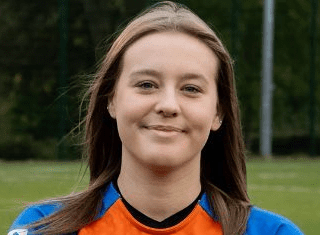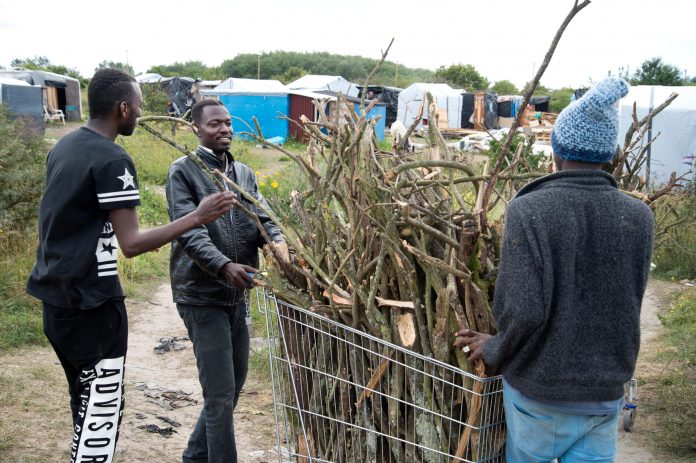
Refugees began gathering in Calais in the late 1990s when escaping the Kosovo War. Since then, tens of thousands of asylum seekers fleeing conflicts such as the Syrian Civil War or totalitarian regimes like President Afwekri’s Eritrea, have found themselves stuck in northern France dreaming of a safe life in England.
But who are the refugees, where do they come from and why do they want to get over the Channel? I took to the streets to see what the people of Oxford think are the main causes of the refugee crisis.
Read More: Oxfordshire Refugee Society: What is life like for Calais Refugees
What is a refugee?
A refugee is anyone who has had to flee their own country in search of safety from war, famine, or persecution. Refugees often do not have correct travel documentation, but are free from punishment by countries in which they claim asylum.
Why are there so many in Calais?
Calais is on the English Channel, and is often the final stop on an asylum seeker’s journey to the UK. The English Channel is the busiest shipping route in the world, and the Eurostar and passenger ferries travel the Channel regularly.
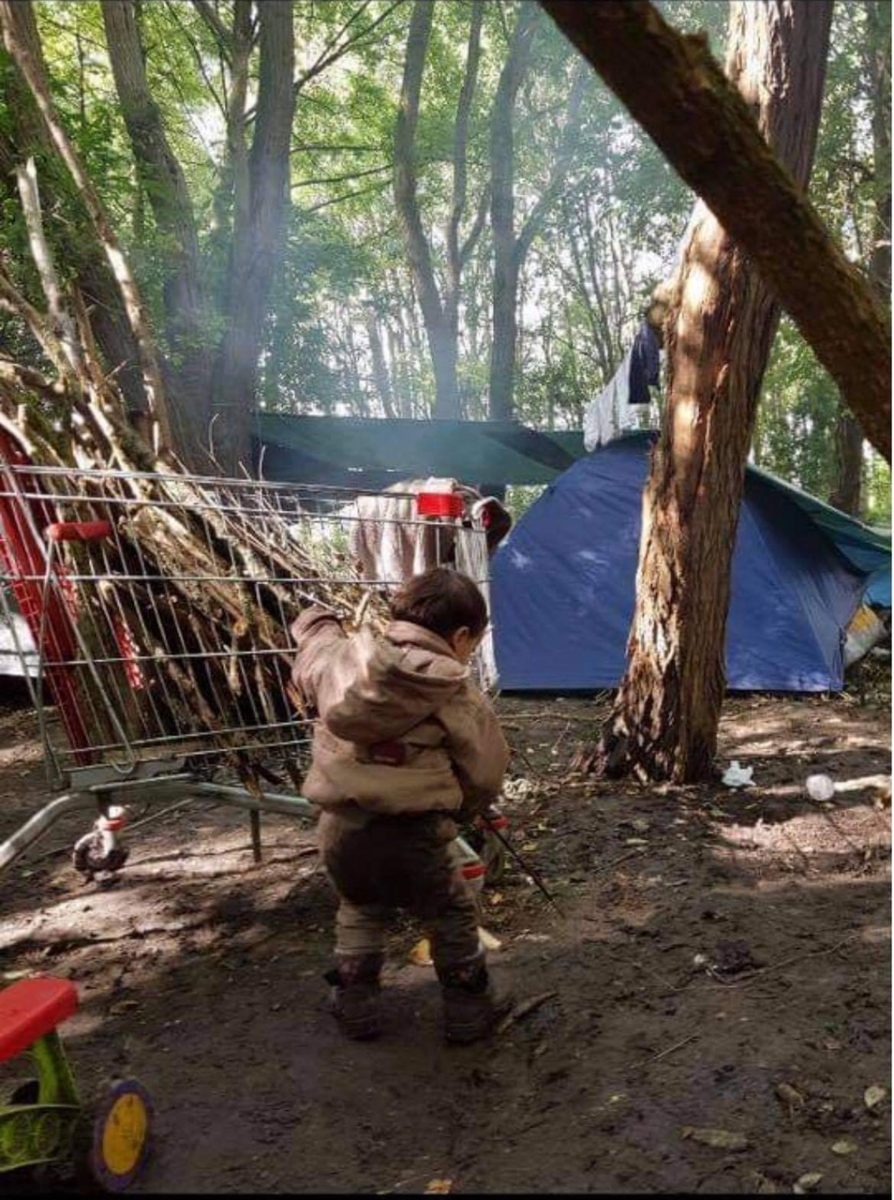
Credit: Jacob Bailey
Where do they come from?
A total of 68% of all of the world’s current refugees come from five countries, they are Syria, Venezuela, Afghanistan, South Sudan, and Myanmar. In Calais, large proportions of asylum seekers are from Eritrea, Somalia, and Syria. Smaller numbers are from Afghanistan, Sudan, and Iraq.
Why do they want to come to England?
England and the UK can be a popular destination for refugees who already speak English or who have family in the UK. It is suggested by some that job and housing opportunities can also attract refugees.
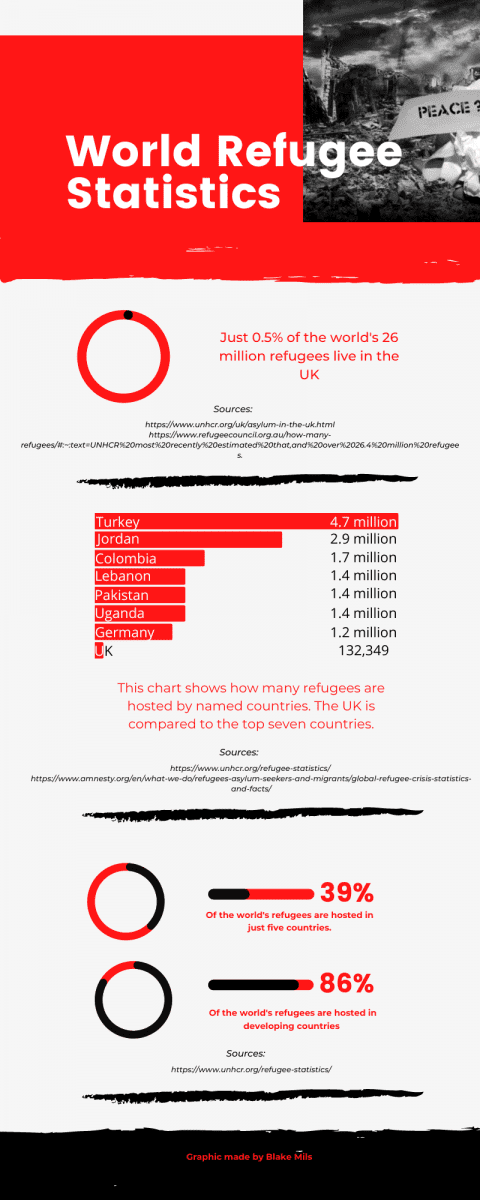
What is life like in Calais?
After the ‘Jungle’ was destroyed in 2016, refugees in Calais were banned from forming camps and communities. Now, refugees find themselves sleeping in forests, under bridges, and in old warehouses. If French police find camps, they will move them on and destroy their belongings. There is no formal meal plan and refugees often rely on charities and volunteers as well as kind locals for food, clothes, and warmth.
Where else are there refugees?
A total of 73% of the world’s refugees are hosted in neighbouring countries, and most from Asia and Africa do not even enter Europe. Refugees who do come to Europe, however, are not likely to come to the UK. At the end of 2020, there was a total of 132,349 refugees in the UK, compared to 1.2 million in Germany and 4.7 million in Turkey.
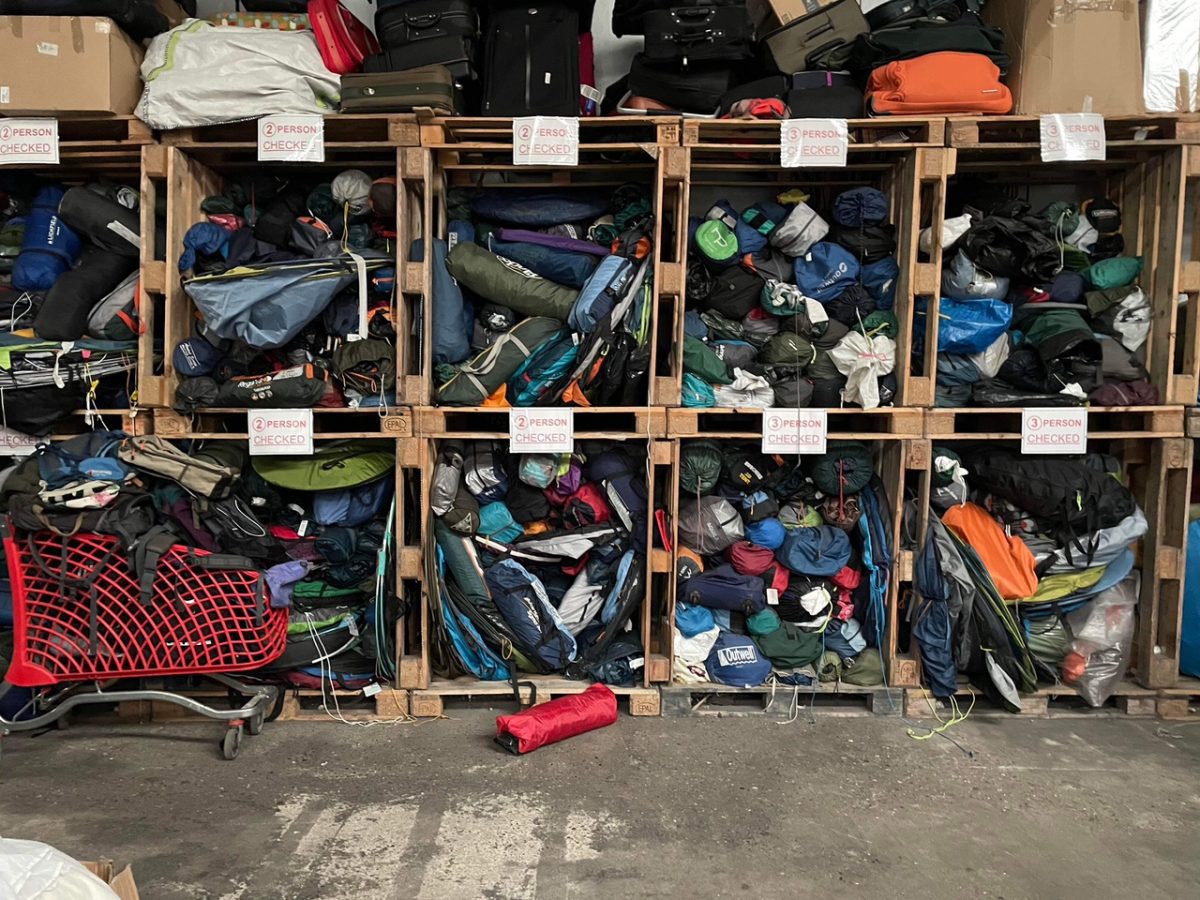
Credit: Jacob Bailey
What can I do?
Other than simply welcoming refugees and ensuring that they feel integrated into the community, the government suggests some ideas to help refugees:
- Offer community sponsorship – people can group together and prepare to welcome refugees to their area.
- Offer work – business owners can employ some refugees if they have the same right to work as people born in the UK.
- Give to refugee charities.
- Volunteer with relief agencies.
Are there refugees in the region?
While there are refugees in the area, there are not statistics online that give numbers. However, the wider southeast region of England houses the lowest number of refugees per 1000 people in the entire of the UK. Refugees in Oxfordshire can find local support agencies on the Oxford City Council website.




